I realize that iOS 7 has not officially been released and we should not discuss it BUT I am going crazy trying to figure out this problem. On iOS 6, my table view was transparent and looked great. First time running iOS 7, and the background is white.
I have tried making the table backgroundColor, cell color etc etc to UIColor clearColor but have no change.
How to fix this problem?


